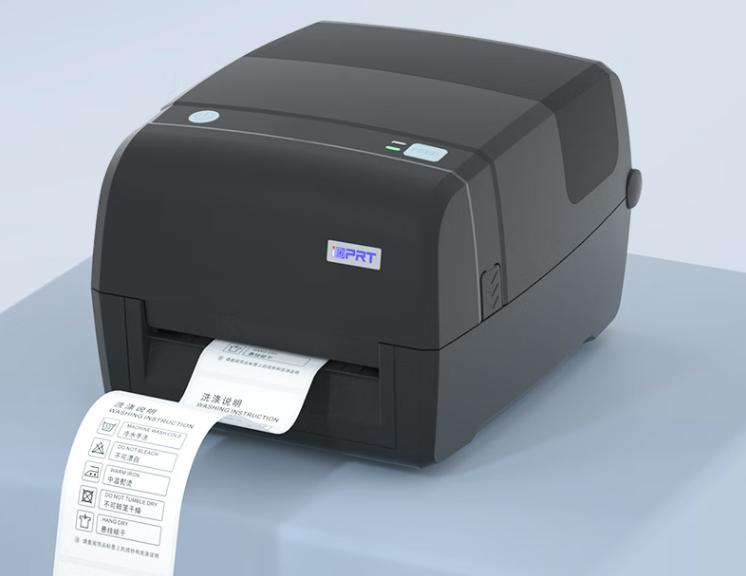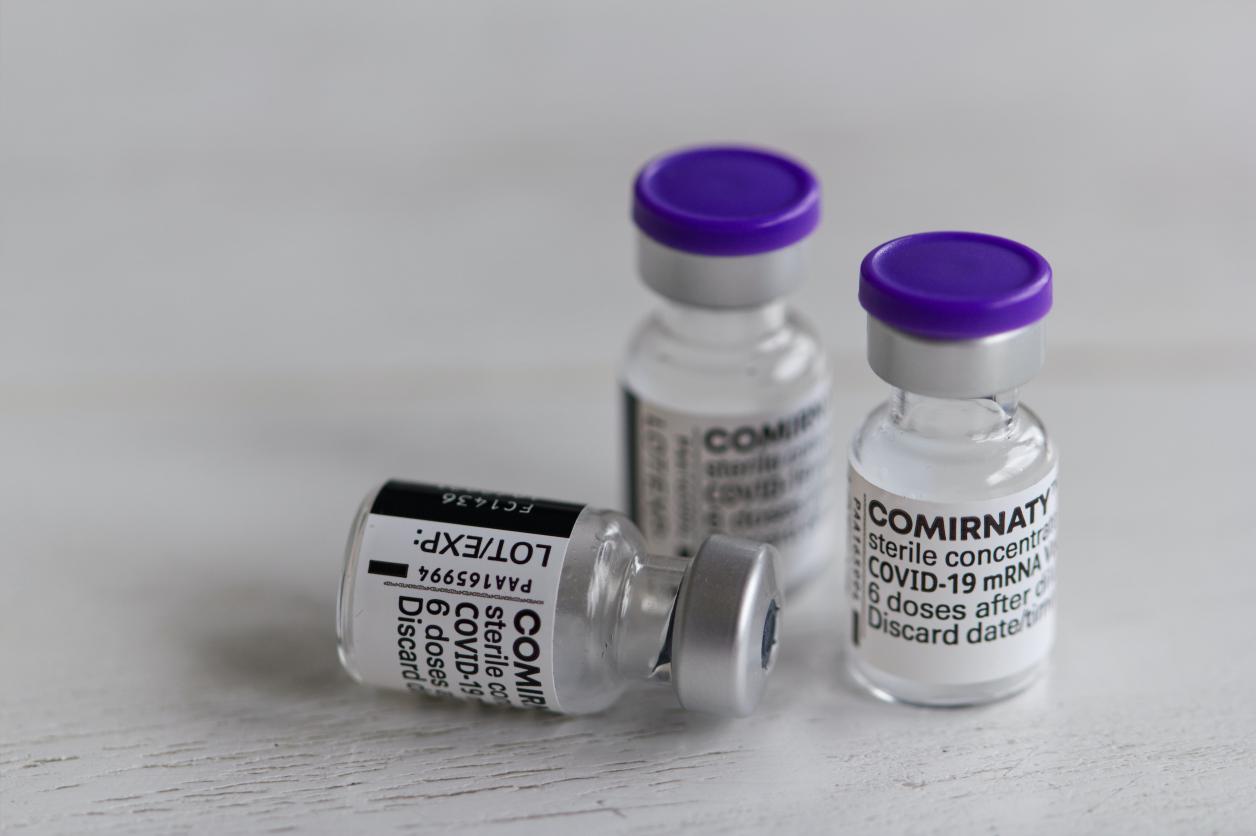Elevate Your Compliance Labeling Game with Thermal Transfer Printers
The types of labels are diverse and contain various content and information. How to standardize labels involves the issue of label compliance. This article provides a detailed introduction to compliant labels and their applications in various industries, as well as how to select the appropriate thermal transfer printer for your compliance label printing needs.
What is a compliance label?
A compliance label is a label that meets legal regulations, industry standards, and specific organizational requirements. These labels typically contain key information about the product or packaging, such as safety warnings, usage instructions, ingredients, and a compliance label number, to ensure that consumers and regulatory agencies have a full understanding of the safety and compliance of the related products.
A compliance label number is a unique identifier assigned to a specific compliance label used for regulatory purposes. It is often required for products that are regulated by government agencies to ensure they meet certain standards, such as food and drug labeling or hazardous material labeling. In a word, compliance labels help companies comply with laws and regulations, ensuring that their products are legally sold on the market.
Application of thermal transfer printers in compliance labeling

Compliant labels are typically printed using thermal transfer label printers. These printers transfer ink from a ribbon onto a label using heat, producing clear and long-lasting labels. The labels produced by these printers are durable and fade-resistant, making them ideal for compliant label production in a variety of environmental conditions.
Currently, thermal transfer printers are widely used in the production of compliant labels in various industries such as food and beverage, pharmaceuticals, chemicals. Different industries have specific requirements for label compliance, as outlined below:
a. Pharmaceuticals:
Drug labels need to display information such as the production date, expiration date, ingredients, dosage instructions, etc.

b. Food and Beverage:
Labels for food and beverage products must include information such as country of origin, ingredients, nutrition facts, and expiration date.
c. Chemicals:
Chemical labels need to provide safety warnings, storage and handling instructions, and other relevant information.
d. Electronics:
Electronic product labels must include information such as the product model, safety certifications, country of origin, etc.
e. Textiles and Apparel:
Clothing labels need to display information such as fabric composition, care instructions.
HPRT HT330 is a 4-inch thermal transfer label printer with fast printing speed and a printing resolution of 300dpi. It is suitable for a variety of label materials, such as clothing tags, jewelry tags, and washable labels, and its produced labels are sharp and durable.
Let’s explore some vivid examples to better understand the practical applications of thermal transfer label printers.
Nestle, a global food company, uses thermal transfer label printers to print compliance food labels for their products during the production process. For example, for Nescafe Gold Coffee, Nestle utilizes thermal label printers to print nutritional information, expiration dates, and food safety information on the packaging. These strict compliance requirements meet regulatory requirements in various countries and provide consumers with detailed product information.
Another example is General Electric (GE), a well-known multinational company in the medical equipment field, which uses thermal label printers to print compliance labels for their products that include the equipment model, serial number, production date, and medical equipment standard compliance identification information.
By adding these labels to their equipment, GE can ensure that their products comply with the medical equipment standards of various countries and provide customers with high-quality and safe medical equipment. The high quality and reliability of thermal transfer label printers ensure that the labels are clear, easy to read, and durable, effectively meeting GE’s label printing needs.
Choosing the Right Thermal Transfer Label Printer for Compliance Labeling
Selecting a thermal transfer label printer for compliance labeling involves considering factors such as print resolution and quality, durability and ruggedness, connectivity and integration, and cost and maintenance.
The chosen printer should offer high print resolution for clear and legible labels, be durable and rugged enough to endure environmental factors, and integrate seamlessly with other systems and devices at a reasonable maintenance cost.
In the future, the trend for thermal transfer label printers in compliance labeling will become more widespread and important. This includes higher levels of automation, more sustainable options, more label printing choices, greater customization, and higher data security. These trends will enable thermal transfer label printers to better meet the needs of various industries, improve production efficiency and product quality, and ensure compliance and safety of products.









